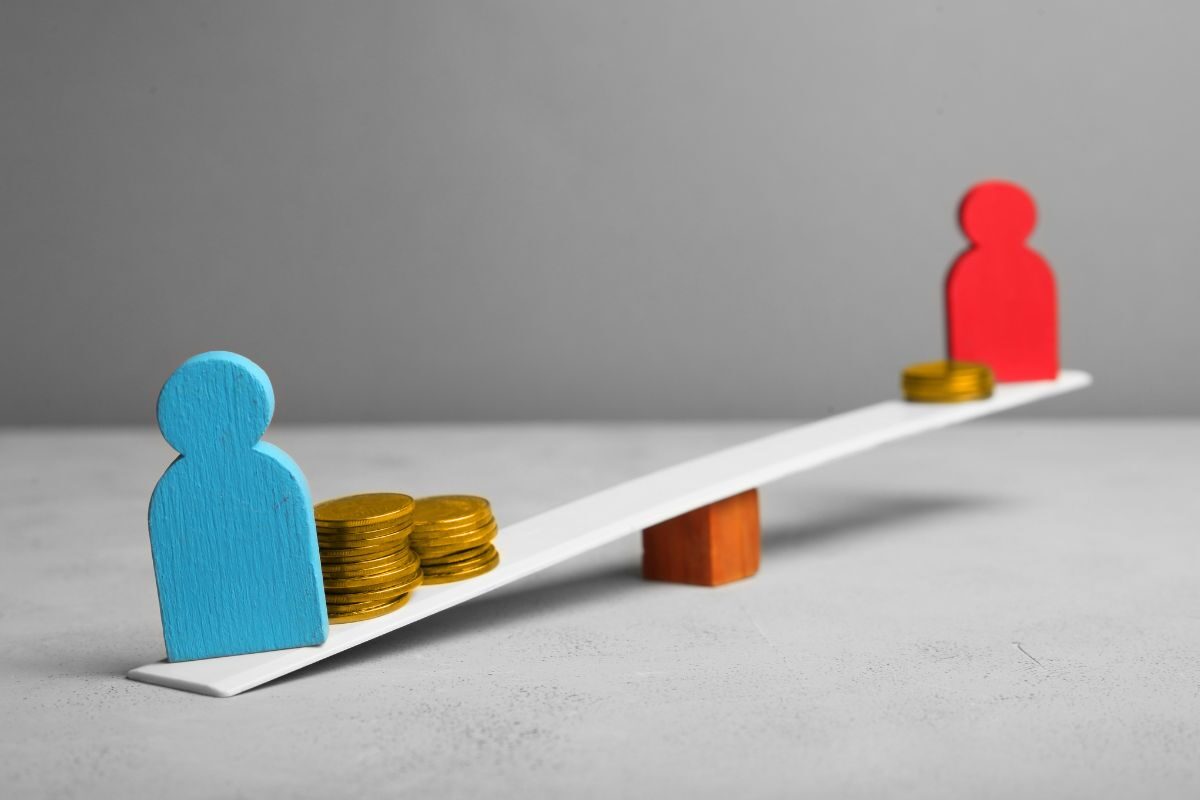44 per cent disability income gap makes people with disabilities more likely to struggle to heat their homes and cut back on food this winter

Massive income and material deprivation gaps between people with disabilities and the rest of the population mean that disabled people are hugely exposed to the rising costs of essentials, with two-in-five unable to heat their homes this winter, and almost a third needing to cut back on food expenditure, according to new research published today (Wednesday) by the Resolution Foundation.
The report Costly differences combines statistical analysis with a new YouGov survey of just under 8,000 working-age adults, over 2,000 of whom reported a long-term illness or disability, to compare how the UK’s disabled and non-disabled working-age populations have fared in terms of household income growth over the past decade, and are currently coping amid the cost of living crisis.
The report finds that people with a disability – who now account for almost a quarter (23 per cent) of the working-age population, up from 17 per cent in 2013 – are facing the cost of living crisis with lower-than-average incomes. The underlying disposable income gap between the disabled (£19,397) and non-disabled population (£27,792) was 44 per cent in 2020-21: down from 54 per cent a decade ago, but still hugely significant.
This underlying income gap excludes income from the extra-cost disability benefits, on the grounds that these are designed purely to offset additional costs associated with being disabled. But if these benefits are included, the disposable income gap between the disabled and non-disabled population was 30 per cent in 2020-21 (down from 40 per cent in 2012-13).
The report also notes that people with a disability are far more likely to be poor than the rest of the population.
One-in-three (33 per cent) adults in the lowest household income decile have a disability, compared to fewer than one-in-ten (9 per cent) of adults in the highest household income decile.
The huge income gap is partly explained by the low employment rate for disabled workers: a little over half (54 per cent) of the working-age disabled population is in work, compared to fourth fifths (82 per cent) of the non-disabled population. However, even after accounting for employment status, over half of the original income gap remains – showing that in-work disabled people face an increased risk of being on lower incomes too.
The income gap also means that the disabled population are at a heightened risk of experiencing material deprivation, meaning that they are unable to afford everyday essentials.
The report finds that people with a disability are almost three times as likely to live in material deprivation than the rest of the population (34 per cent vs 13 per cent) – and shows how their living standards have been stung by fast rising energy and food prices.
For example, almost half (48 per cent) of disabled adults say they have had to cut back on energy use this winter, compared to almost one-third (32 per cent) of people without a disability.
Furthermore, around two-fifths of people with a disability (41 per cent) said they couldn’t afford to keep their homes warm, compared to just over one fifth (23 per cent) of the non-disabled population.
Finally, almost one-in-three (31 per cent) people with a disability say they have had to reduce their expenditures on food, compared to 18 per cent of the non-disabled population.
The Foundation notes that, because of the wide range of disabilities that exist, there will be important differences between how different individuals are affected. Those who are housebound, or suffering limited mobility, for example, may be more affected by rising heating bills, due to increased time spent in the home.
Likewise, with two-in-five people with mental health problems living in materially deprived households, the relationship between disability and a person’s living standards may be a two-way one – with the psychological stress caused by financial difficulties contributing to poor mental health.
Recently-announced Government support, which includes the welcome repeating of the £150 Disability Cost of Living Payment in 2023, will help millions of people with disabilities in the short term.
However, further measures will be needed, given the financial precarities faced by disabled people shown in this report. These should ideally encompass a broader focus on lower living standards for the disabled population, and support for both those who wish to work, and those who cannot.
Charlie McCurdy, Economist at the Resolution Foundation, said:
“While fast-rising prices for essentials is impacting people across the UK, people with disabilities are more exposed to the most severe effects, with two-in-five now unable to heat their homes, and almost one-in-three cutting back on food expenditure.
“This means people with a disability – who account for a third of the poorest households in Britain – will require additional protection during the cost-of-living crisis, which the Government has acknowledged through their Cost of Living Payments.
“But more policy work will be needed, not just through this crisis, but to make more progress on closing the huge income gaps that already existed between disabled people and the rest of the population.”











Responses